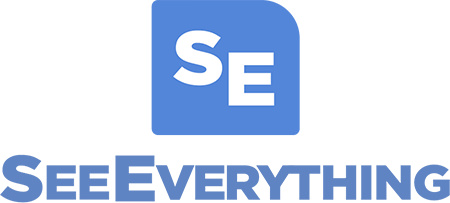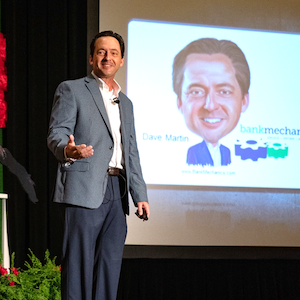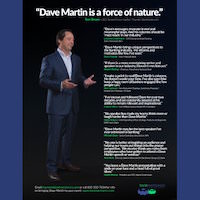 |
 |
There are worse things than looking stupid. Sleeping through life is one of them. » Laura Preble
Ad In or Ad Out?
A couple of advertising-related subjects got my attention this week. And one of them “got my goat,” so to speak. One of the phrases I use often is “tone deaf.” Most people know that term to describe folks who cannot quite find whatever note they are supposed to be singing at a particular moment.
I use the phrase to describe companies and managers who seem to be oblivious to how their actions are perceived by others. Often times, their intentions may not be bad. But the end results of their actions cause you to scratch your head.
The greatest example I’ve seen recently is Chrysler’s decision to run several days of full-page, full-color ads in major US newspapers “thanking” Americans for “investing” in them. Space does not allow for a full discussion of how miscalculated that particular message and its timing are.
I sat there and wondered how many salaries could be paid with the money (borrowed, I assume) it cost for those self-indulgent ads. Hey, if they are going to run huge, expensive ads, how about, oh… trying to sell some Jeeps! (Crazy talk, I know.)
It just reminded me of what happens when folks making important decisions get just a little too insulated for their own good. And you don’t have to be CEO or marketing director of a big corporation for that to occur. It can happen to any of us.
The other ad-related story concerned the dramatic decline in ad revenue that news and entertainment companies are experiencing now and are predicting for 2009. As is often the case, one of the first things companies cut when business conditions tighten is advertising.
It’s totally predictable. And, I would suggest, not a wise strategy. I suppose if you are of the mind that advertising and marketing are “luxuries” of business, you’d see no problem in treating those expenses as you would floral arrangements in your lobbies or coffee service in the break room.
Two thoughts: If fewer ad dollars are being spent in 2009, the field will open up more than ever to stand out. Also, reducing “resources” can force us to break away from business-as-usual.
How many creative marketing ideas can your team create to fill the void? (Hint: You have to invite and allow them to try.) You may have tighter ad budgets this year, but so does the competition. Strive to make your bank’s voice heard above the crowd in 2009.
The Mood of Business
I just read an interesting article discussing research on how our moods are influenced by our social networks. The author, Michael Bond, makes the point that our moods are significantly affected by the moods of our friends, their friends, and even their friends’ friends. Recent research, published in New Scientist, suggests that people we may have never even met can have their disposition pass through our social network “like a virus.”
The findings are pretty intriguing. It is increasingly apparent that things like our happiness or depression, propensity for obesity, smoking and drinking habits, taste in music, interest in politics, etc. are directly affected by the folks we choose (friends) and/or are compelled to associate with (coworkers).
For years, one of my favorite topics to discuss in presentations is the open-loop nature of the brain’s limbic system. Simply, we are hardwired to pick up upon and adopt the moods of others. In this recent article, Bond points out that psychologists have shown that people unconsciously copy things like the facial expressions, body language, and even manner of speech of those around them.
More importantly, this causes a kind of neural feedback that actually causes the person to experience the emotions associated with the behavior that they are mimicking. When I read this, I couldn’t help thinking of one of my favorite quotes: “You are more likely to act your way into feeling than feel your way into acting.” If you want to be happier, act happier. You likely will be soon. If you want to feel more confident, act more confidently. Before long, it’s not an act anymore.
One research result in particular got my attention. In one study mentioned, it was found that the “emotional displays” of bank employees had a direct impact on the moods of their customers.
Consider that. We spend loads of time and resources on marketing, branch merchandizing, etc., attempting to create environments that are attractive to customers. How much time do we spend considering what kind of environment is being created by the very moods we wear on our sleeves?
Keep in mind that the moods of those perceived to be in authority have an amplified affect on us. Managers’ moods become their teams’ moods, which often become their customers’ moods. Will that fact be good or bad news for you today?









